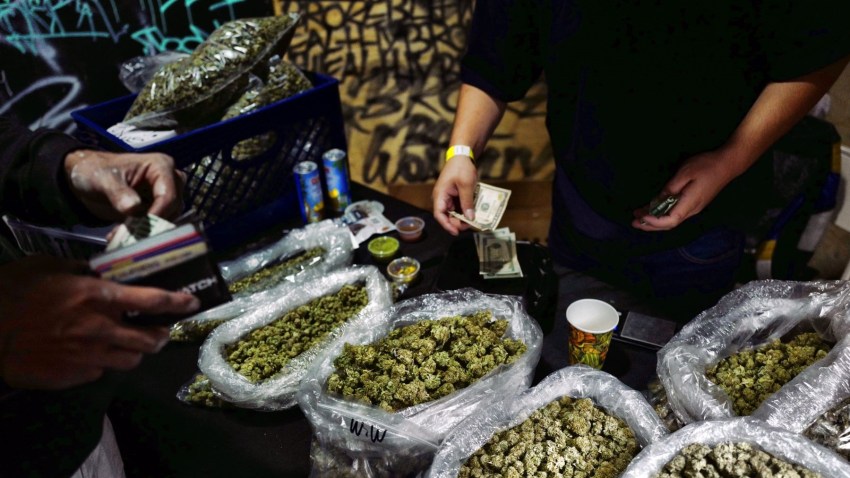A growing number of jurisdictions worldwide—from Thailand in Asia, to Germany and Malta in Europe, from Morocco and South Africa in Africa, to Mexico and the U.S. in North America—have recently moved toward some form of cannabis regulation. To date, only Uruguay in 2013 and Canada in 2018 have fully regulated their entire recreational cannabis supply chains at a national level, though several subnational jurisdictions in the U.S. have done so as well.
Moving away from cannabis prohibition makes sense, given the many harmful and counterproductive effects such policies have, including racial biases in enforcement and overincarceration. But around the world, cannabis legalization has not been without its challenges.
Various regulatory frameworks have been put in place, and each has its benefits and drawbacks. A conservative model in Uruguay helped minimize public health harms and curbed the emergence of large cannabis corporations. But it restricted access to the legal market, meaning many producers remained in the illegal market. In the U.S., a laissez-faire, commercial approach in some cities and states has led to concerns over consumption-related harms. The U.S. model has also seen large multinational corporations from industries with abysmal track records in public health, like Big Tobacco, lobbying Congress to create a permissive federal regulatory framework similar to those governing tobacco and alcohol, respectively the first- and fourth-leading preventable causes of death in the country.

